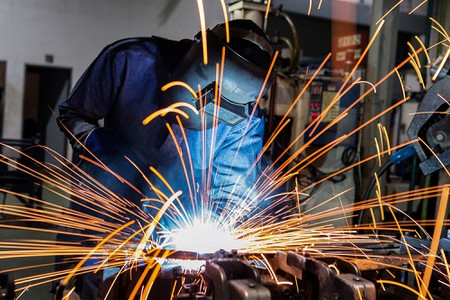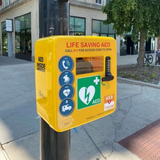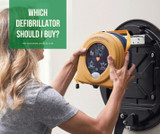Welding health and safety the facts! How should I protect my staff?
As an employer, you have a responsibility to ensure you keep your employees working environment as safe as possible and, when operating in sectors that involve welding, this isn’t any different. Making sure the correct procedures and safety equipment are in place helps to avoid accidents and injury in the work place that could have otherwise had a devastating impact.
Although welding is used across many industries on a daily basis, it can unfortunately be dangerous with splash backs and fumes causing injuries. If workers breathe in gases caused by welding, a number of breathing related illness can occur such as; pneumonia, occupational asthma, irritation of throat and lungs, metal fume fever and in extreme cases, cancer.
Given off by welding and hot cutting processes, the produce from welding comes in a varying mixture of airborne gases and particles which when inhaled can cause ill health. Understanding and recognising the different gases that can be released when welding will help to assess the health and safety in your workplace and to establish whether you need additional ventilation or fume extraction.
Gases that may be released when partaking in welding and cutting may be; nitrous oxide, carbon dioxide, carbon monoxide and shielding gas such as argon and helium. Of course, the longer an individual is exposed to gases and particles in the air means the more chance of them contracting an illness which is why it is important to assess how long employees will be welding and take appropriate steps to ensure this is always monitored.
As well as inhaling gases when welding, another health and safety risk that is associated with the job is that sparks and splatter can occur. A variety of heavy and medium duty drapes are a great way to avoid injury from slash back with molten metal or acidic liquids of course causing serious injury. Welding drapes do not only protect those welding but also workers in the nearby vicinity, providing great protection all round.
With a variety of welding drapes also having low levels of gas permeability such as our medium duty high performance welding drape, the movement of gas through the material is slowed down meaning workers are also protected from particles that are release into the air.
As an employer you have a duty to ensure your colleagues are provided with equipment to protect their health such as fume extraction products and personal protective equipment. It is your basic duty to ensure these are properly monitored and upheld to ensure the health and safety of your staff remains of the up-most importance.
On the market there is a variety of welding safety equipment available from drapes to extraction helmets, gloves and welding aprons. You can ensure your employees always work in a comfortable and safe environment.
For additional health and safety advice when it comes to welding, always keep clothes free from oils, grease and combustible contaminants and wear dark colours to prevent light reflection. In addition to this, wear long-sleeved shirts with buttoned cuffs and high top boots to ensure sparks cannot enter the boots or touch any skin. It is also very important to remove all ignition sources from your pockets such as lighters and matches and to always wear a fire resistant skull cap or balaclava to avoid UV rays.
With a great range of excellent quality welding protection drapes on our website, our span of products help protect workers from any sparks or splashes when welding and are ideal for use on a range of materials such as acidic liquids, oils, metal and more, take a look.
Recent Posts
-
Empowering Communities: The Lifesaving Impact of CPR on Restart a Heart Day
Every year, on and around October 16th, an important event takes place - Restart a Heart Day. This a …16th Oct 2023 -
Which home defibrillator?
80% of all out of hospital cardiac arrests occur at home. Defibrillators are often available in loca …4th Dec 2022 -
Which defibrillator should I buy?
There are many defibrillators available on the market and it can become overwhelming knowing which o …4th Nov 2022




